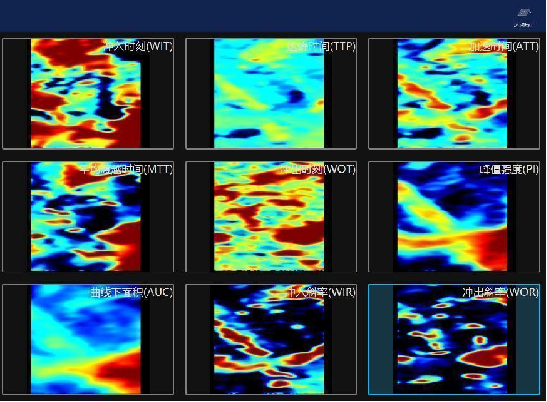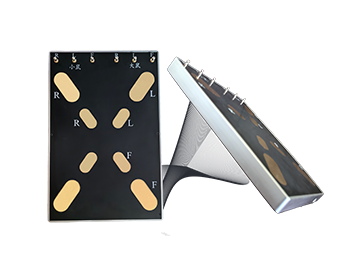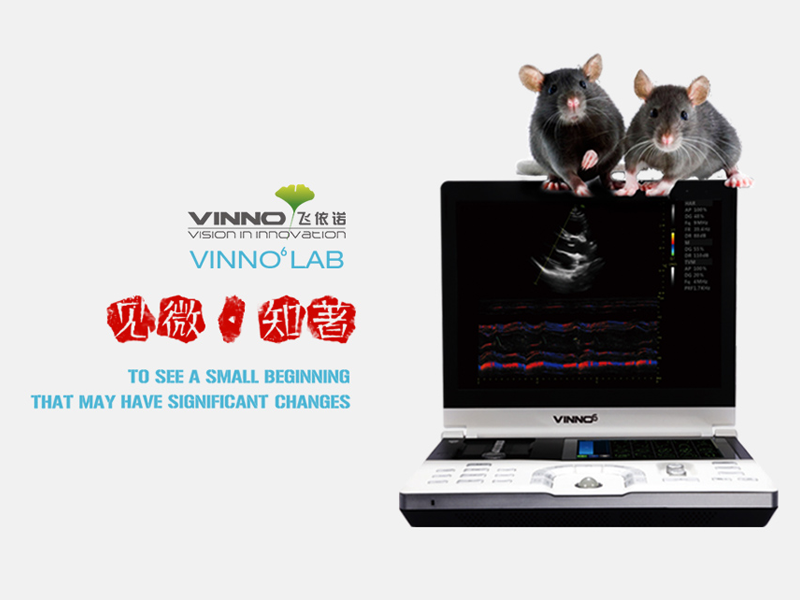Small animal ultrasound imaging system VINNO D860 LAB
Category:
Keywords:
Small animal ultrasound imaging system VINNO D860 LAB
Product Introduction
Lucid Platform
The new generation Lucid platform, with high-precision design and extremely fast information transfer module, makes the time resolution and spatial resolution improve several times, and brings the ultimate clear picture quality experience. Based on the integrated application of the latest beam synthesis technology and adaptive correlation technology, it further enhances the penetrating power and presents clear and smooth far-field images and multi-dimensional vision; for the signal technology, it greatly improves the dynamic expression and sensitivity of blood flow, which facilitates the insight into the structure of tissues and analysis of lesion characteristics. Based on information-physical fusion: continuously expanding scientific research and clinical advanced functions, and information, physical world wisdom fusion continues to improve image quality; and in the enhancement of the energy supply system, improve the energy utilisation rate and ambient temperature tolerance, for long-time operation of the personnel to provide a quiet and comfortable use of the environment and excellent human-machine interaction experience.Translated with www.DeepL.com/Translator (free version)
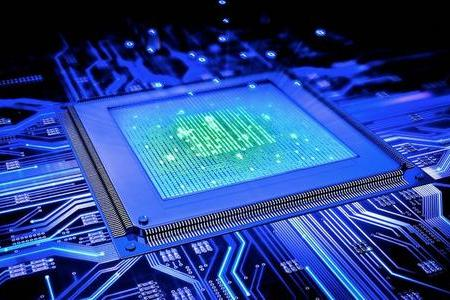
Xcen probe technology
Ultra-sensitive Xcen probe technology provides better penetration and sensitivity to blood flow while ensuring excellent fine resolution and contrast.
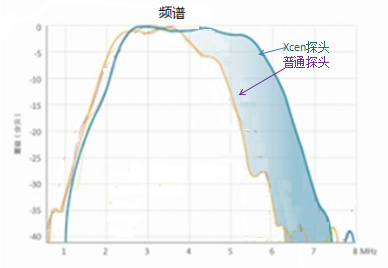
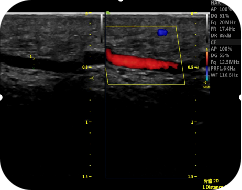
High-quality imported professional rich probe group, to meet the frequency sweep range of all organ ultrasound, while providing excellent penetration and resolution, pure imported materials to reduce component loss, which in turn reduces the probe attenuation, to ensure a longer life.
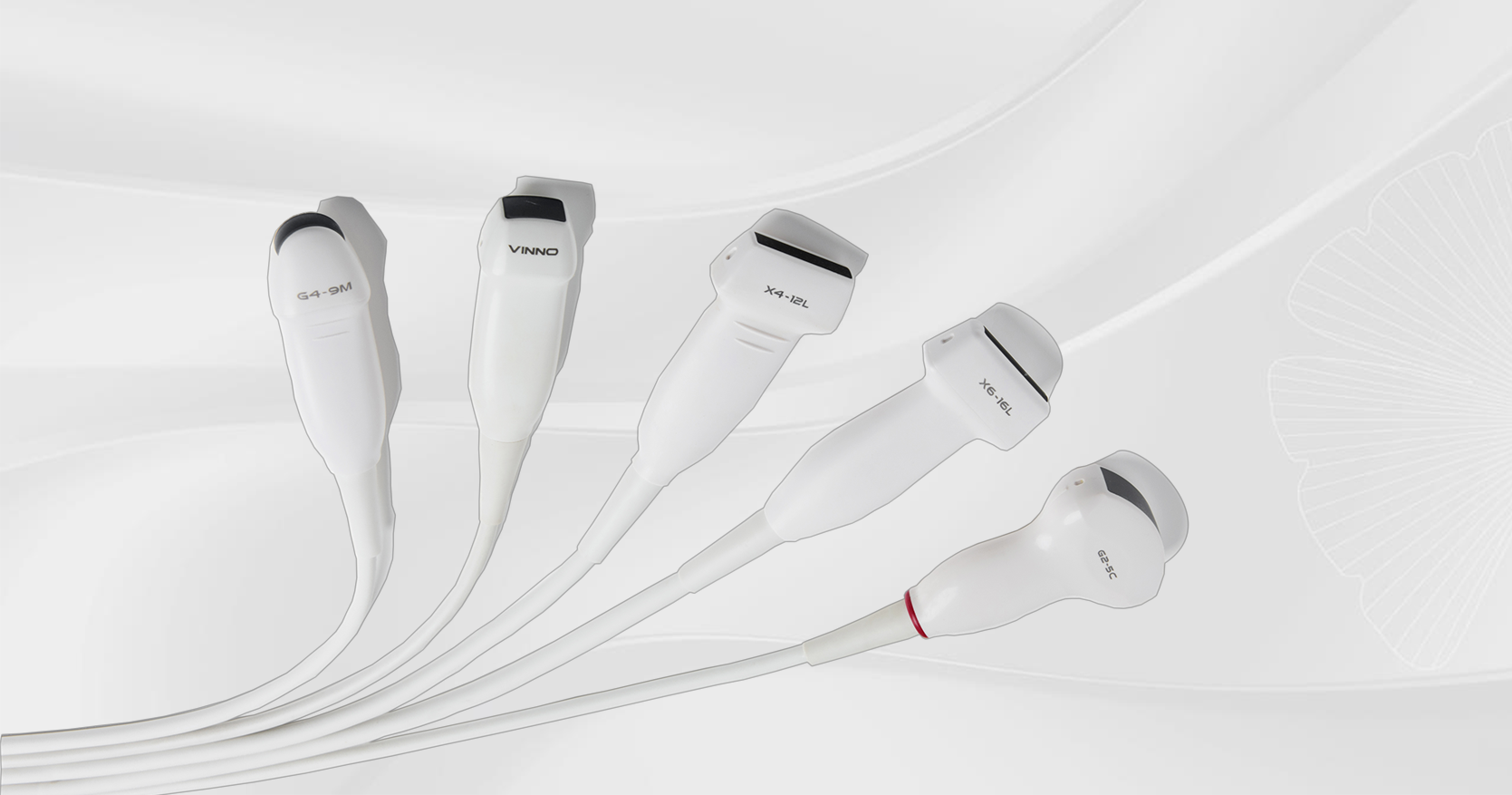
Contrast imaging
Enhancement of backscattered echoes by contrast agent significantly improves the resolving power, sensitivity and specificity of ultrasound diagnosis, which can significantly enhance the resolving power and sensitivity of images of diseased tissues, and assists the user in clearly observing the blood perfusion of normal tissues and diseased tissues.
Time-intensity profile analysis allows the user to analyse the perfusion process in the region of interest from 9 different perspectives
|
•work in time WIT •time to peak TTP •acceleration time ATT •meantransit time MTT •work out time WOT •peak intensity PI •area under the curve AUC •work in rate WIR •work out rate WOR |
|
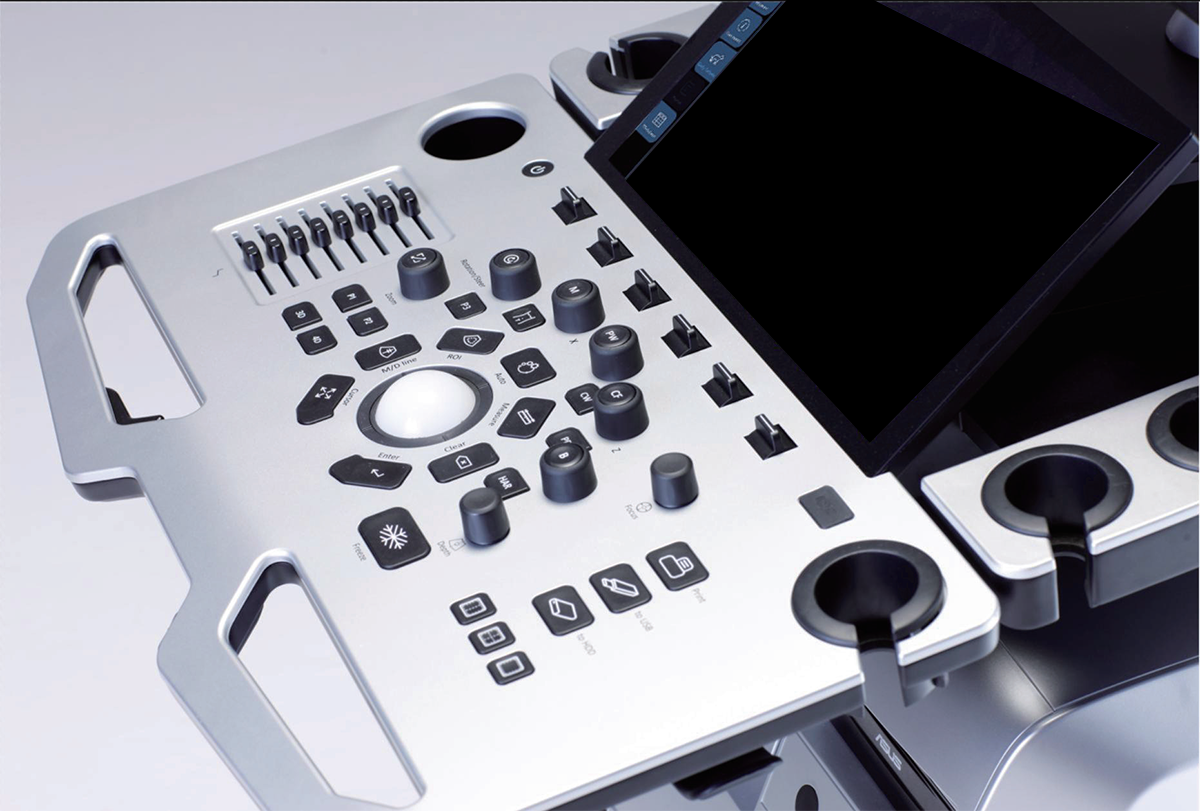
Low Intensity Ultrasound Acoustic Dynamic Imaging - Diagnostic Ultrasound Assisted Therapy
Microbubble-mediated ultrasound cavitation therapy is involved in all clinically important diseases and accounts for 50% of the NSFC ultrasound field. Ultrasound cavitation and/or mechanical effects, non-thermal effects, that is, the use of diagnostic ultrasound to stimulate microbubbles (contrast agent) cavitation resonance, the release of mechanical energy such as shock waves, micro-jets, etc., resulting in the vascular wall or cell wall of the tiny "perforation" (i.e., acoustic pore effect) and increased permeability and other biological therapeutic effects.
►Adaptive Variable Focal Area Technology - Achieve weak ultrasound targeting aggregation
►Dedicated cavitation regulation interface - multi-parameter cavitation regulation
►Quantitative analysis of time-intensity profiles
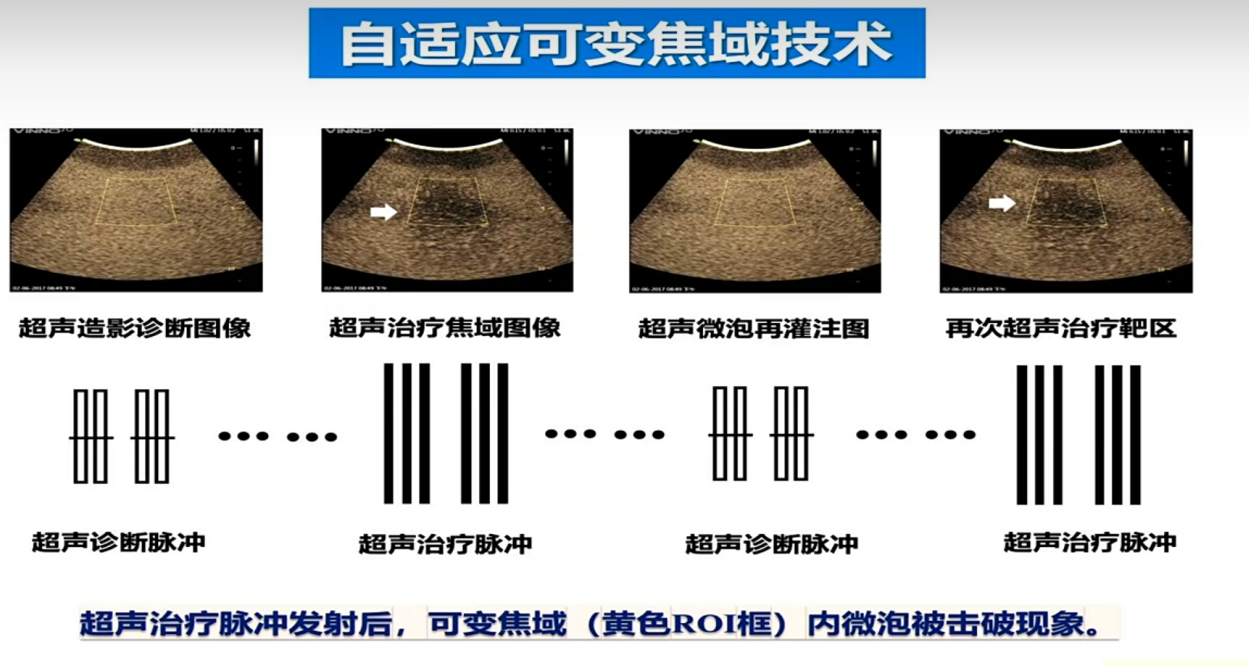
Traditional Ultrasound Applications
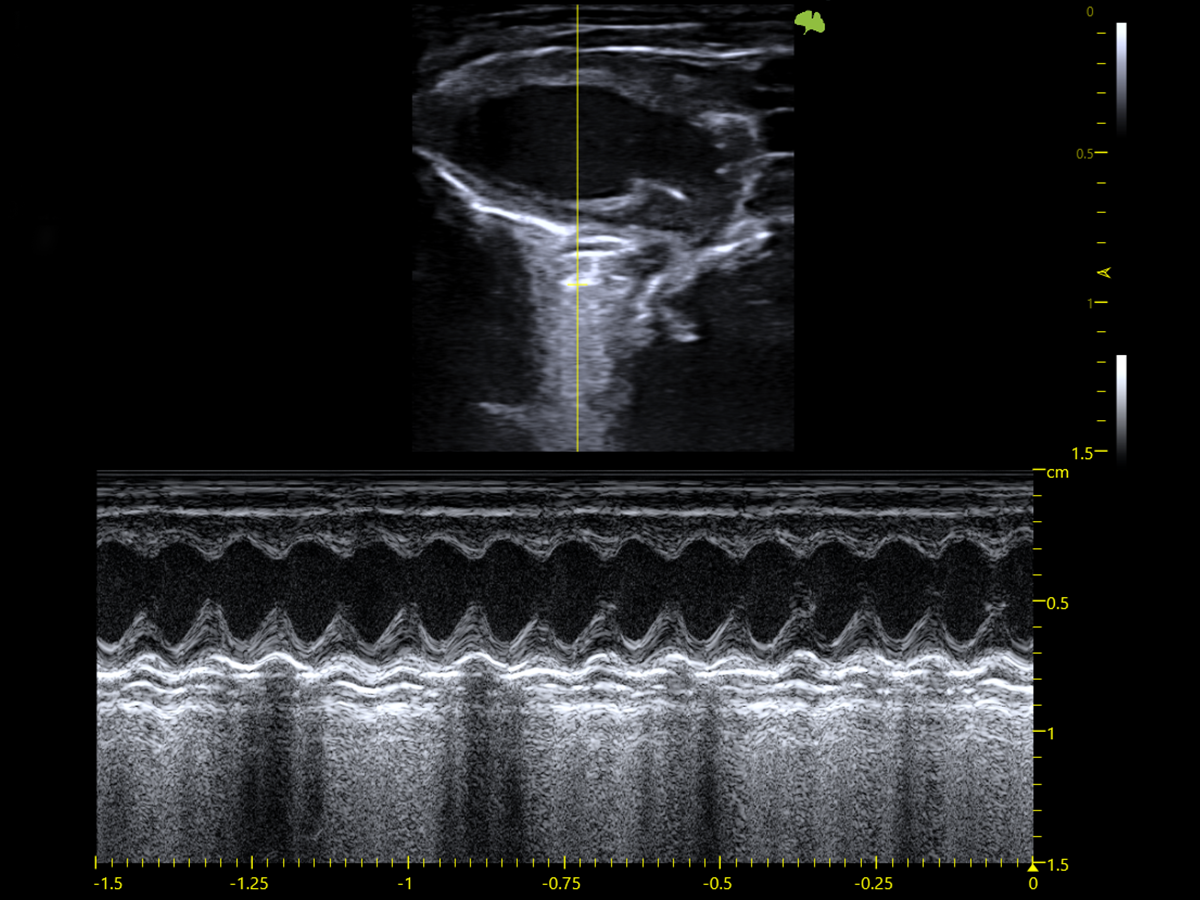
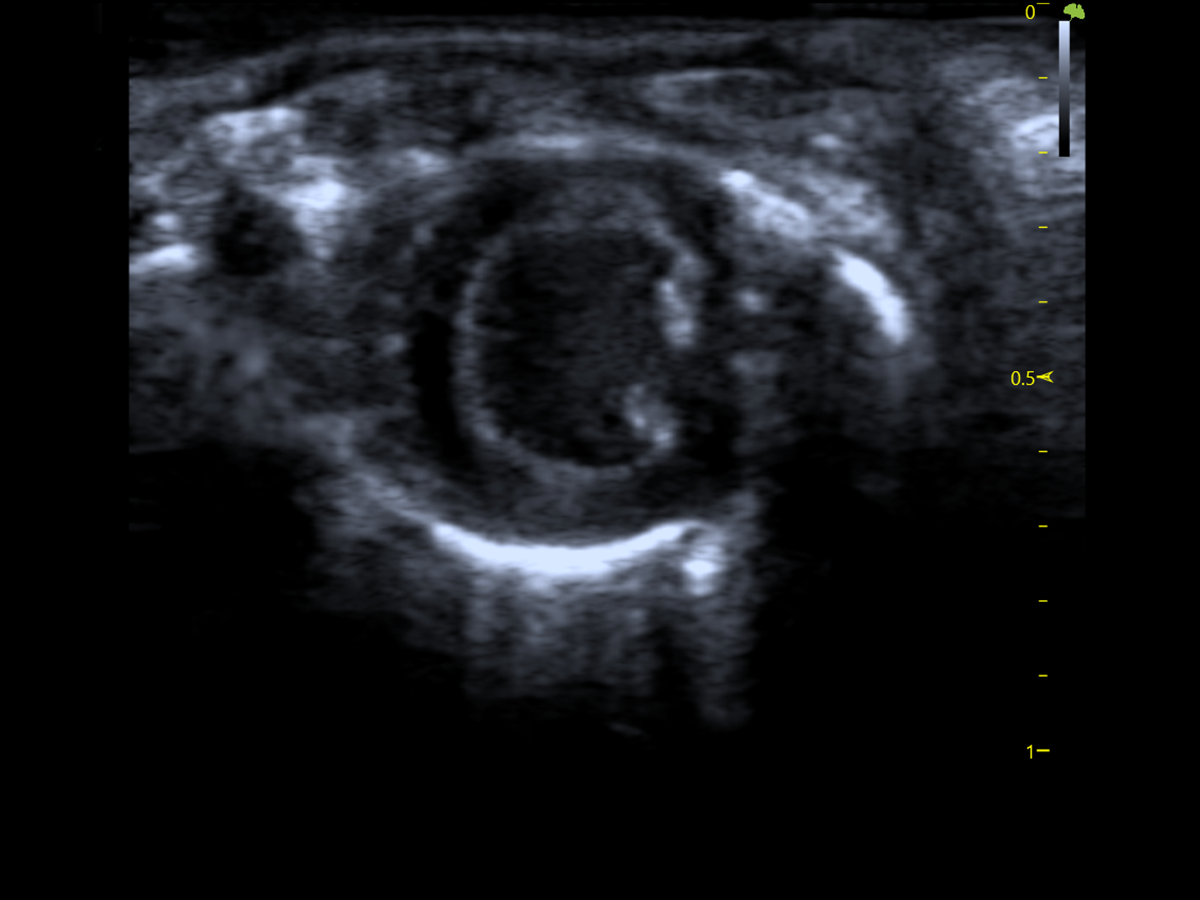
Left ventricular long-axis M hort axis of the left ventricle
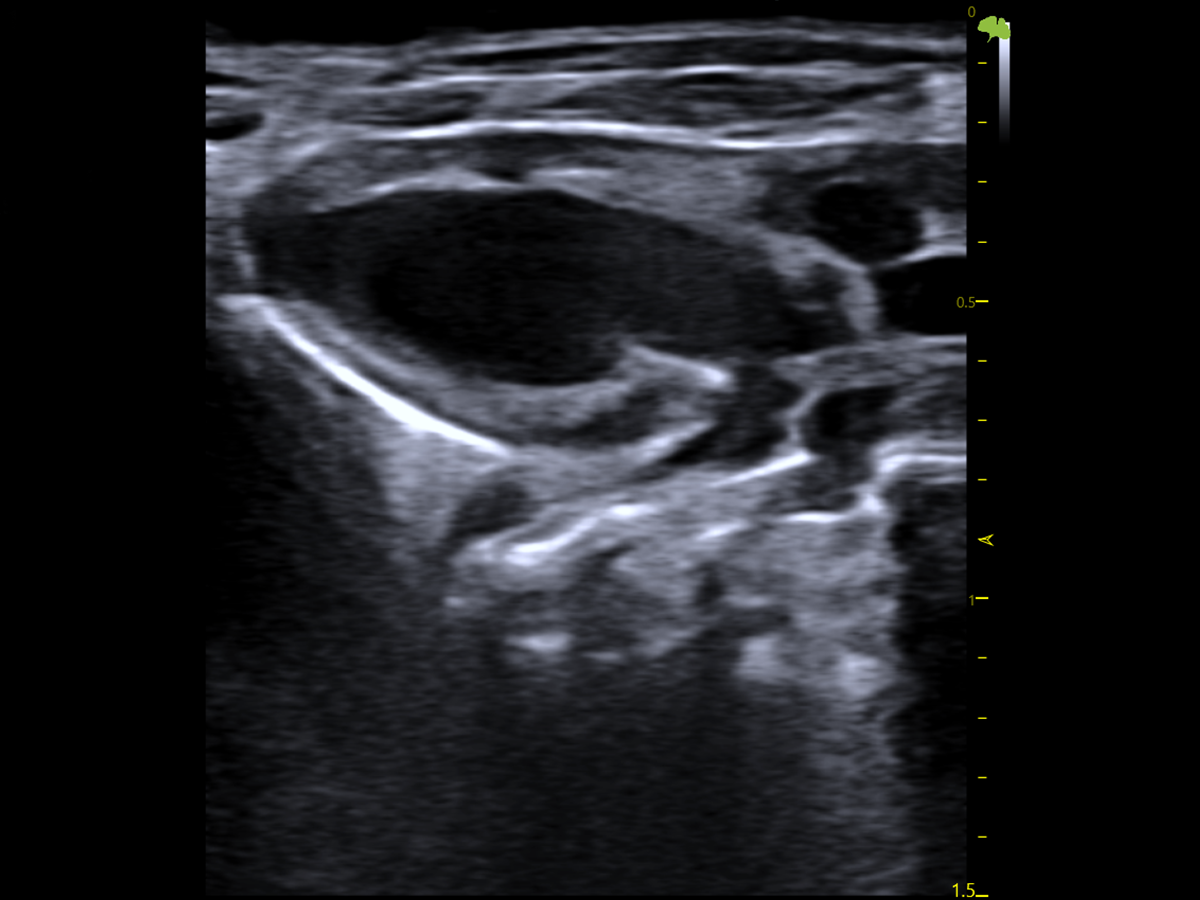

left ventricular long axis (LVLA) right ventricle
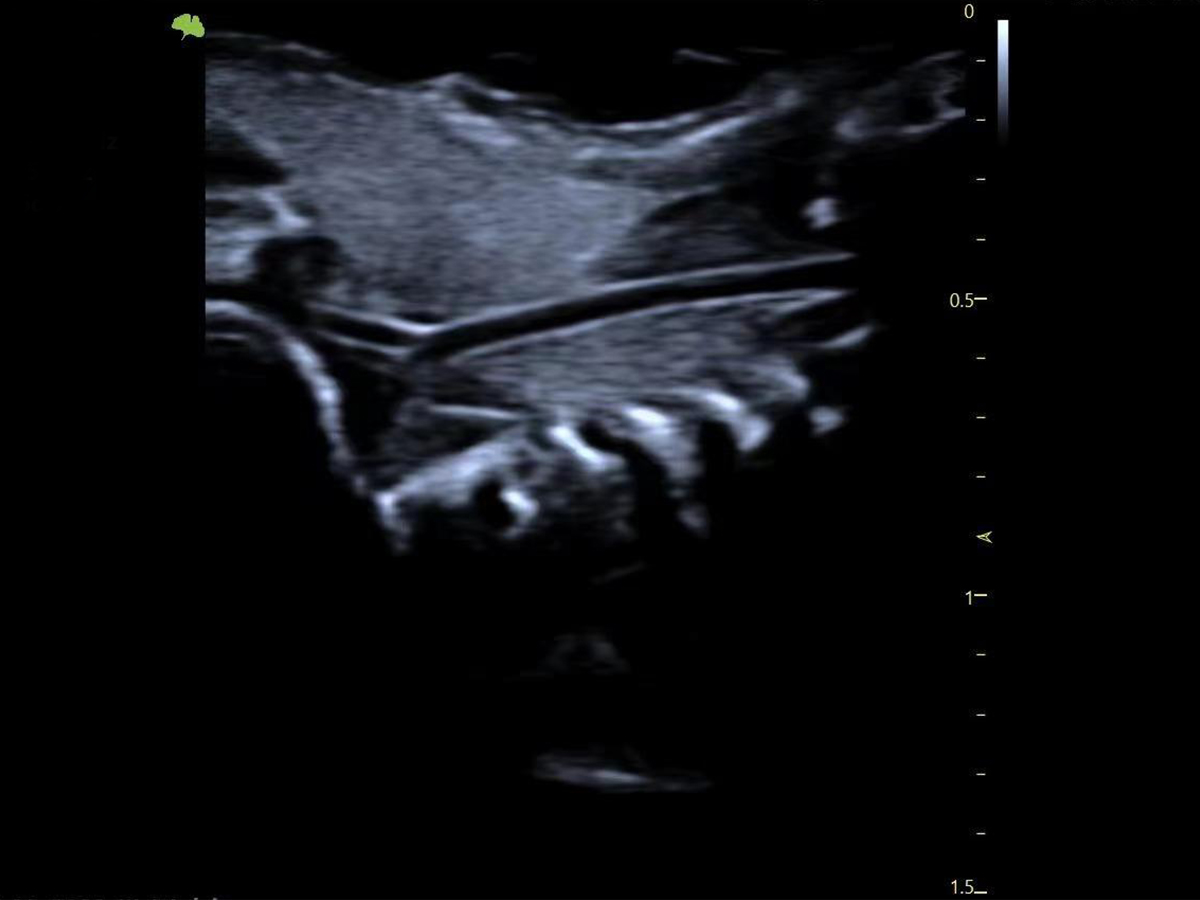
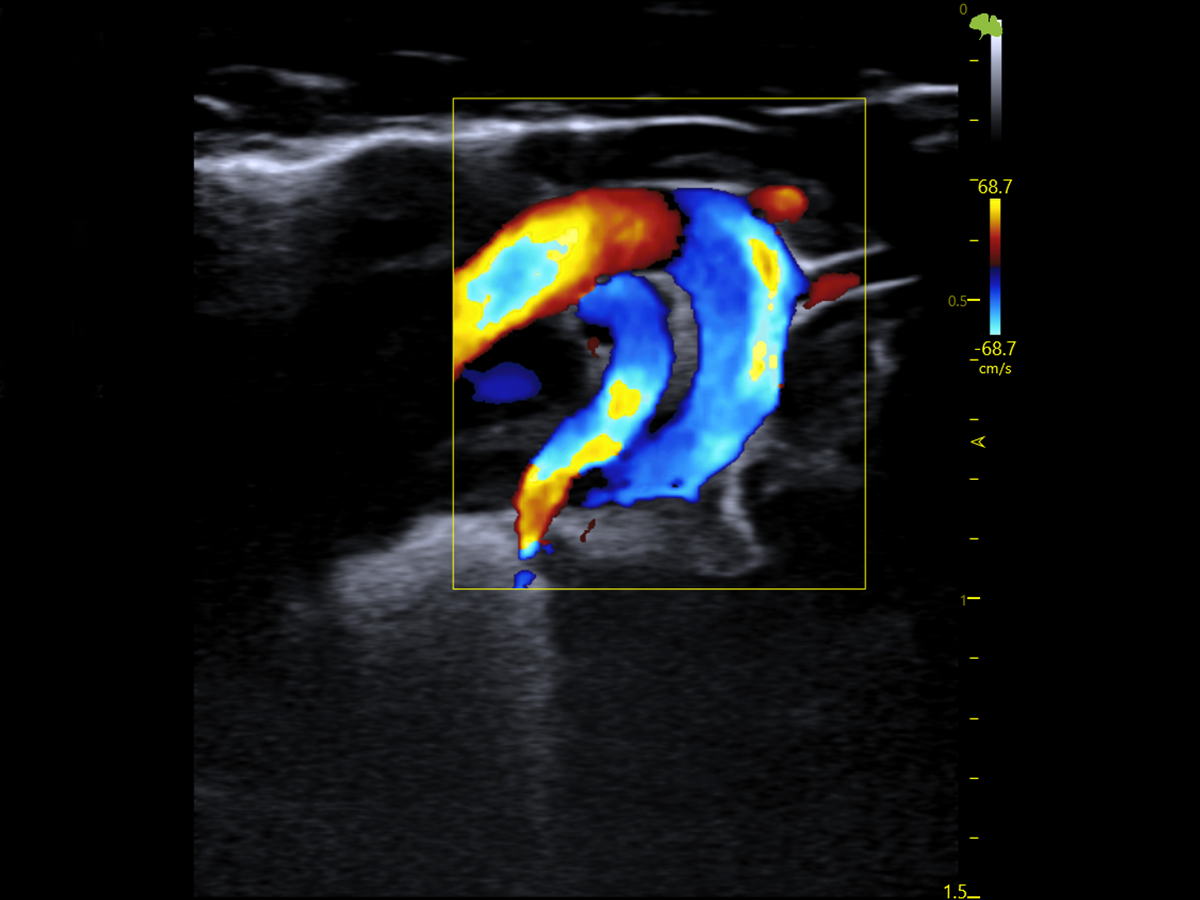
aortic arch (anatomy) Aortic arch blood flow
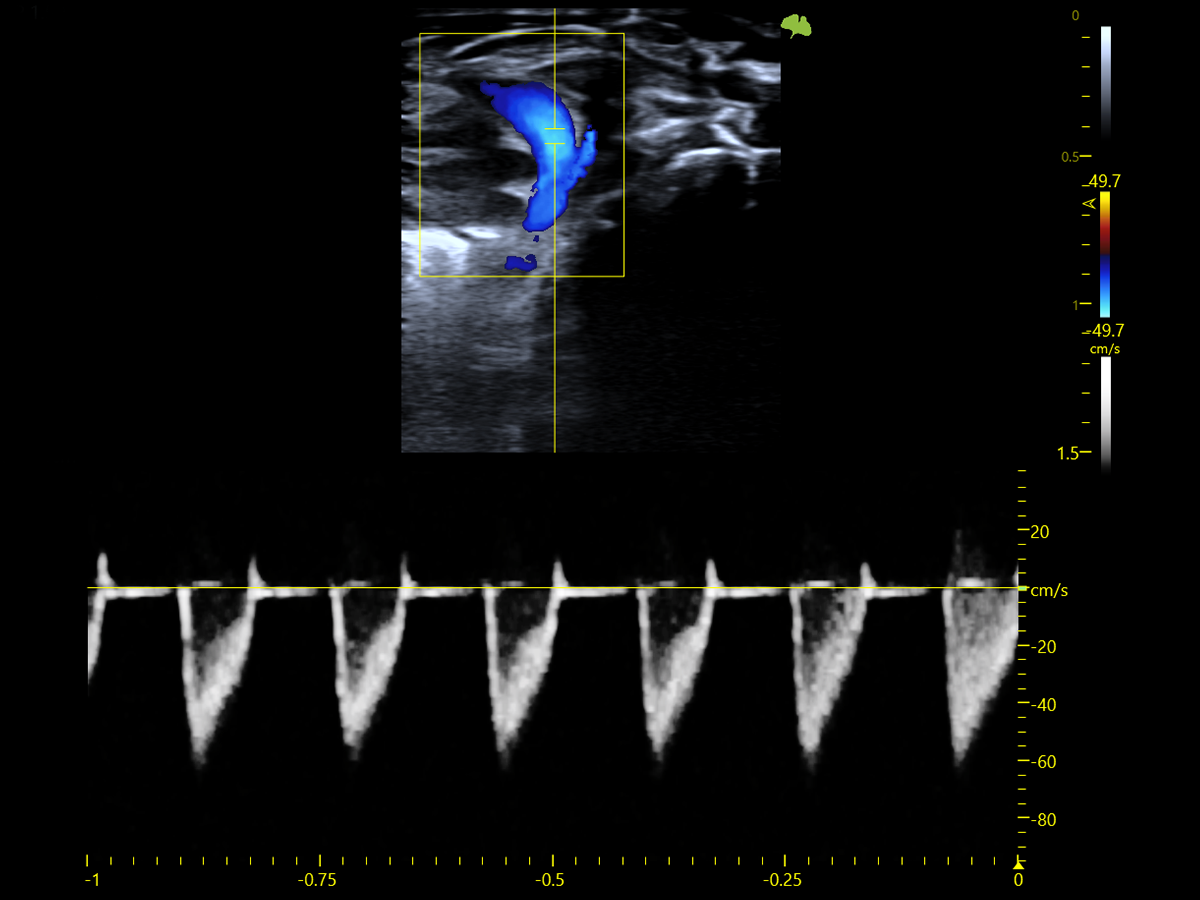
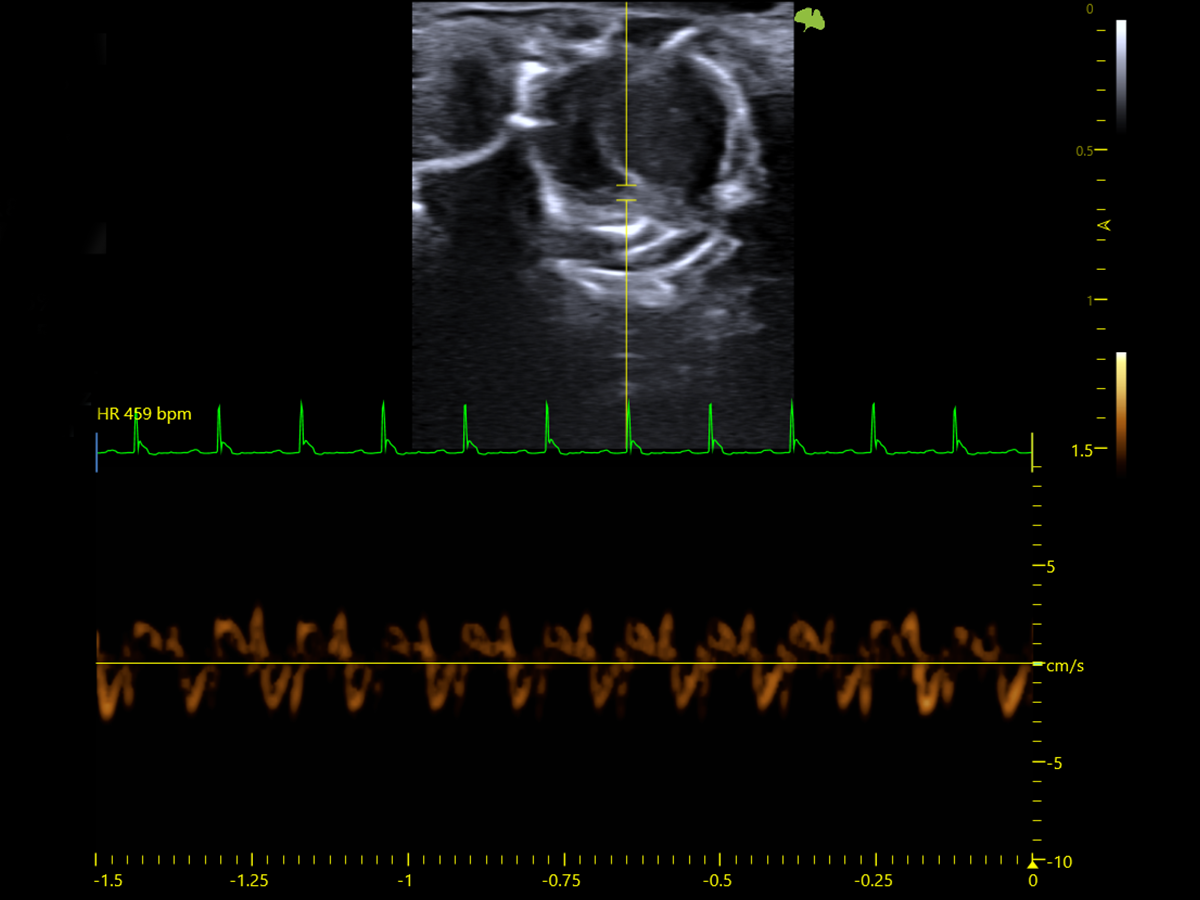
pulmonary artery blood flow Apical 4-chamber mitral annulus
Need help?
Let's ask your questions


